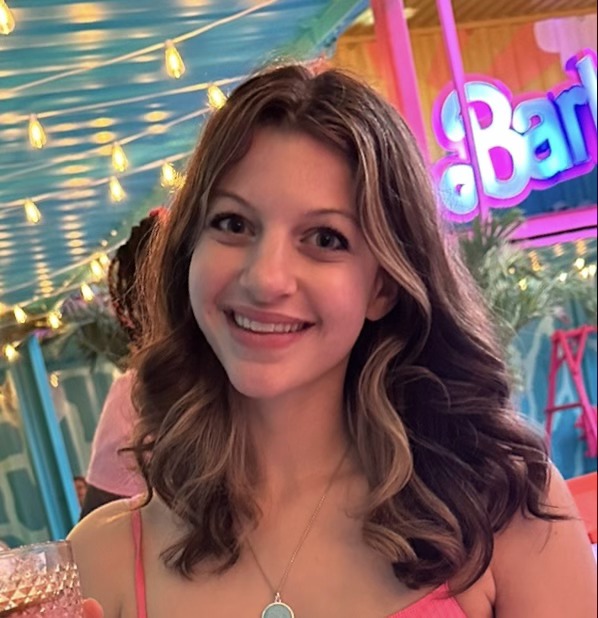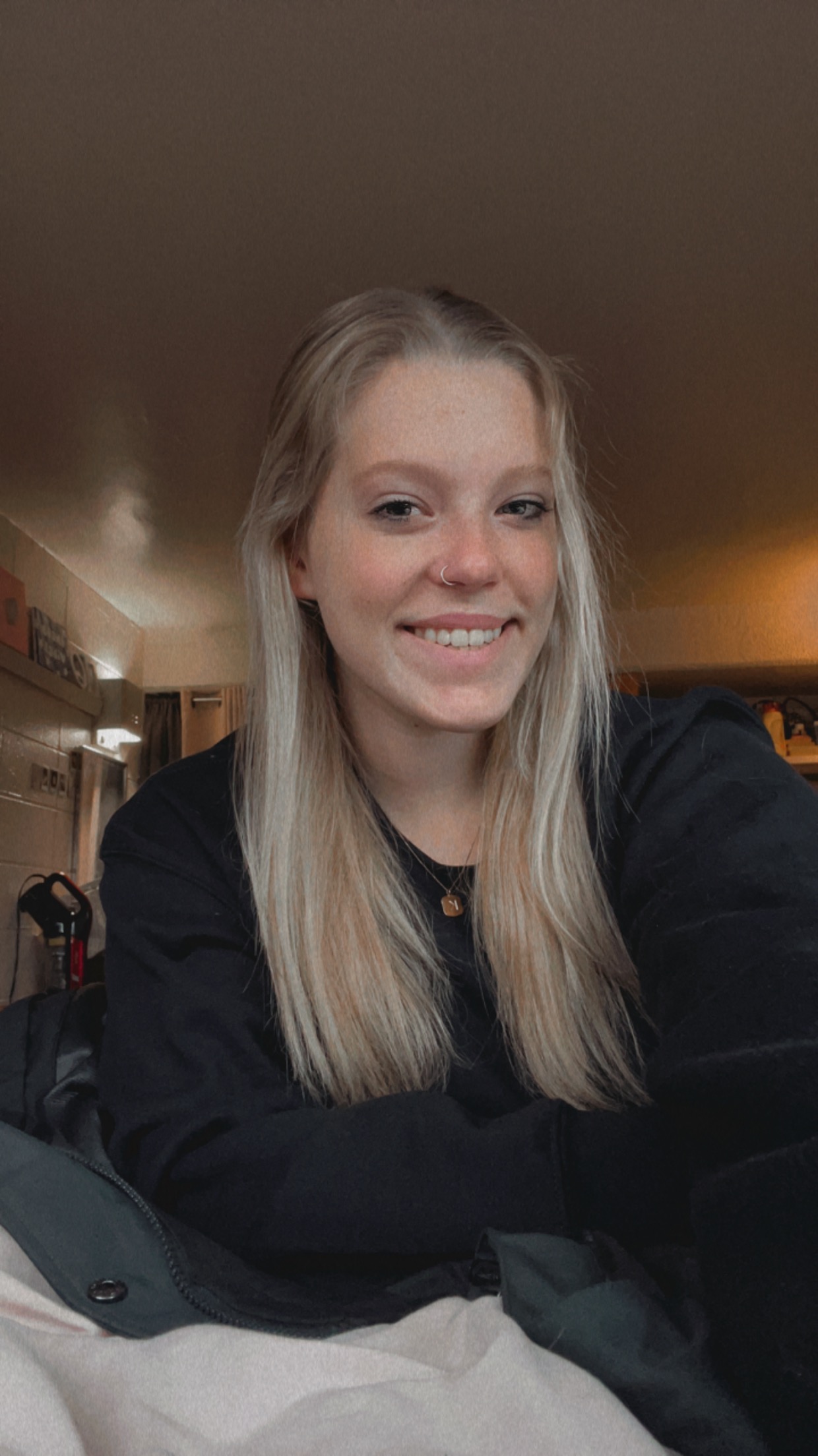Celebration of Scholars
#38: Fluoro-Gold Tracing in Various Brain Regions of Sprague-Dawley Rats

Major: Neuroscience
Hometown: Naperville, IL
Faculty Sponsor: Sarah Terrill
Other Sponsors:
Type of research: Course project
 Name:
Alexis Cabell
Name:
Alexis Cabell
Major: Neuroscience
Hometown: Grafton, WI
Faculty Sponsor: Sarah Terrill
Other Sponsors:
Type of research: Course project
 Name:
Kristie Endresen
Name:
Kristie Endresen
Major: Neuroscience
Hometown: East Troy, WI
Faculty Sponsor: Sarah Terrill
Other Sponsors:
Type of research: Course project
 Name:
Amber Janke
Name:
Amber Janke
Major: Neuroscience, Psychology, and Data Science
Hometown: Mount Pleasant, WI
Faculty Sponsor: Sarah Terrill
Other Sponsors:
Type of research: Course project
 Name:
Allyson Lengers
Name:
Allyson Lengers
Major: Neuroscience
Hometown: White Lake, MI
Faculty Sponsor: Sarah Terrill
Other Sponsors:
Type of research: Course project

Major: Neuroscience and Biology
Hometown: Port Wing, WI
Faculty Sponsor: Sarah Terrill
Other Sponsors:
Type of research: Course project
 Name:
Jack Massari
Name:
Jack Massari
Major: Neuroscience
Hometown: Park Ridge, IL
Faculty Sponsor: Sarah Terrill
Other Sponsors:
Type of research: Course project
 Name:
Gabriella Urbano
Name:
Gabriella Urbano
Major: Neuroscience
Hometown: Mount Pleasant, WI
Faculty Sponsor: Sarah Terrill
Other Sponsors:
Type of research: Course project
 Name:
Ben Voiles
Name:
Ben Voiles
Major: Neuroscience and Biology
Hometown: Oconomowoc, WI
Faculty Sponsor: Sarah Terrill
Other Sponsors:
Type of research: Course project
 Name:
Lauren Wild
Name:
Lauren Wild
Major: Neuroscience and Religion
Hometown: Lindenhurst, IL
Faculty Sponsor: Sarah Terrill
Other Sponsors:
Type of research: Course project
Abstract
The processes carried out by the brain form the basis of learning, behavior, perception, and more. Despite how effortlessly we utilize our brains, we still know little about how and why the brain's biological processes produce such varied and specific abilities. One of the most useful ways of studying the brain’s diverse functions is to study the connections between different brain regions. A retrograde tracer can be useful in this task. Retrograde tracing is a research method used to map neuronal connections going from the axon terminal to the cell body of a neuron. This allows for the determination of the location of the origin of a pathway. The retrograde tracer is picked up at the axon terminals in the injection site and retrogradely transported along the axon to the cell body. Our tracer, Fluoro-gold, is a substance that can be visualized under a fluorescent microscope, allowing us to visually trace what regions project to a brain region of interest. Our regions of interest in this experiment were the central amygdalar nucleus, primary visual area, periventricular nucleus, nucleus accumbens, and dorsal anterior cingulate cortex. Our neuronal tracing studies demonstrate the usefulness of Fluoro-gold in better understanding connections between brain regions.
Submit date: March 27, 2024, 9:19 a.m.
